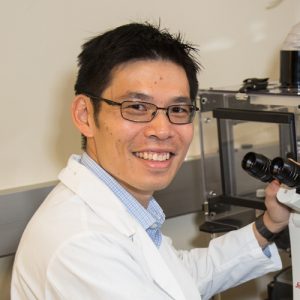
Our lab studies how immune cells make fate decisions, both as they develop from stem cells, and as they respond to antigens. We combine live cell imaging, mathematical modeling and other modern approaches to dissect the molecular circuitry underlying fate control at the single cell level. Our work will lay foundations for engineering immune cells to treat cancer and other life-threatening diseases. Read More
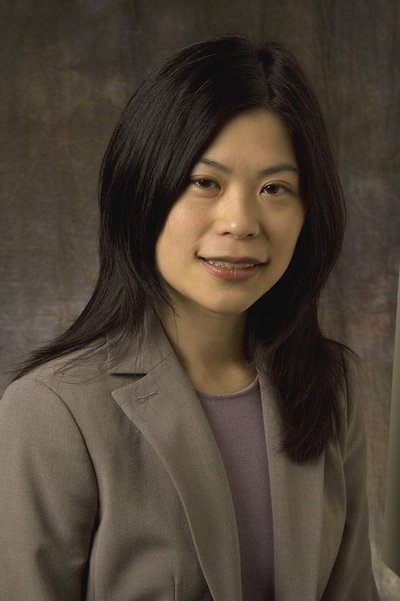
Research in the Pun Group focuses on advancing macromolecule drug delivery technology by developing materials that overcome transport limitations in tissues and within cells. We are integrating techniques from engineering, chemistry, and cell biology to achieve this goal. Read More
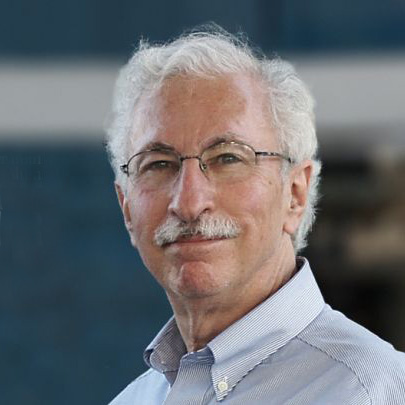
Medical devices and implants are engineered from specially designed materials, often referred to as biomaterials. Millions of devices and implants are used clinically in applications as diverse as blood vessel replacements, catheters, contact lenses, hip joints, ventricular assist devices and artificial kidneys. The biocompatibility of these prostheses is dictated by their surface properties and by the local mechanical environment they induce. In my research program, biomaterials are engineered to control biological interactions, synthesized, characterized and observed during interaction with biological systems. Read More
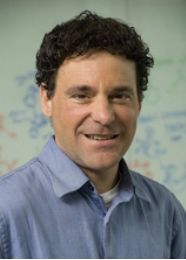
Our group is interested in elucidating the fundamental mechanisms of biomolecular recognition and applying the unique capabilities of biological molecules to biotechnologies. We would like to bridge the gap between understanding molecular structure-function relationships, and to be able to utilize proteins/peptides/DNA for in vivo drug therapies, bioseparations, diagnostics, and biomaterial development. Read More
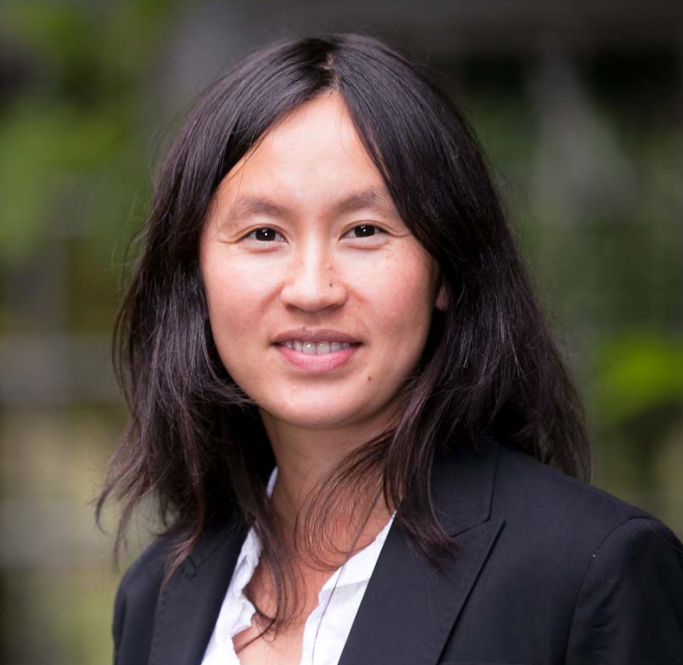
The Woodrow Laboratory is focused on the applications of engineered biomaterials in mucosal infections and mucosal immunity. Our long-term goals are to design and build multifunctional materials that will: (1) lead to novel preventative strategies against mucosal infections, (2) program protective immune responses at mucosal sites of pathogen entry, and (3) facilitate studies of mucosal infections and mucosal immunity in health and disease. These scientific goals are addressed from the perspective of fundamental science, technology development, and translational research. Read More
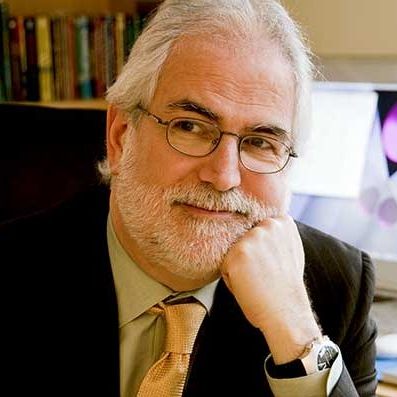
Professor Yager's research interests lie in the areas of: microfluidic devices for chemical and biochemical measurement., development of point-of-care diagnostic instruments, microfabrication technologies for microfluidics, and development of microfluidic-specific methods of analysis of biological samples. Read More

Our goal is to hijack and rewire aspects of nature's developmental programs to control the processes by which cells assemble to form human tissues. We are also working to develop technologies to remotely control these tissues after implantation in a patient. To do this, we use diverse tools from stem cell biology, tissue engineering, synthetic biology, microfabrication, and bioprinting. We seek to translate our work into new regenerative therapies for patients with heart and liver disease. Read More
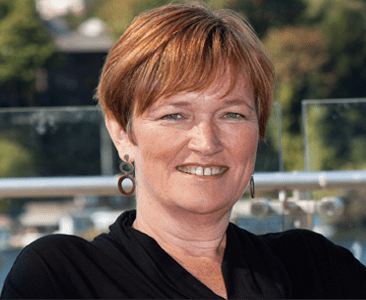
The Daggett Laboratory focuses on studies of both bacterial and mammalian proteins involved in amyloid diseases. We use a variety of biophysical, biochemical, analytical, biological and computational techniques to investigate the conformational changes behind these devastating diseases. In turn, we use what we learn for the design and development of diagnostics and therapeutics. Read More
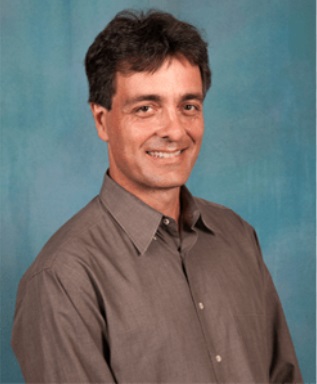
We design and use microfluidic devices to better mimic the real microenvironment of nerve and cancer cells when we culture them outside of the organism. We are microfluidic! Examples of questions that interest us are how neurons find their targets during development (axon guidance), how they establish their connections (synaptogenesis), and how we sense odors (olfaction), among other projects. We also build microfluidic devices that allow us to personalize chemotherapy and devices to study cancer stem cells. Read More

Our lab is developing molecular agents and systems for photoacoustic and ultrasonic molecular imaging. Also, we look at integrated therapeutics for molecular-level theransotics (i.e., integrated diangostics and therapy). Read More